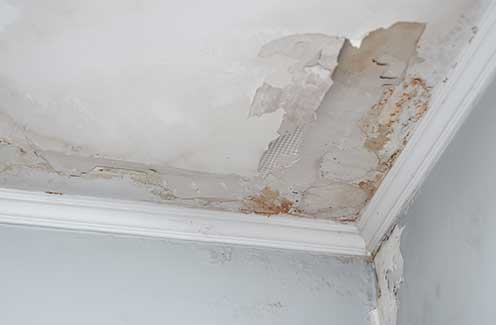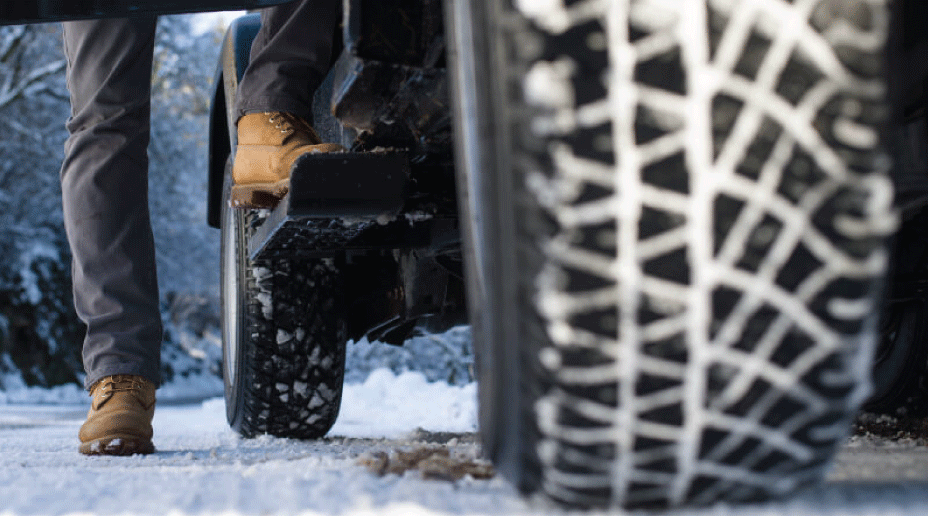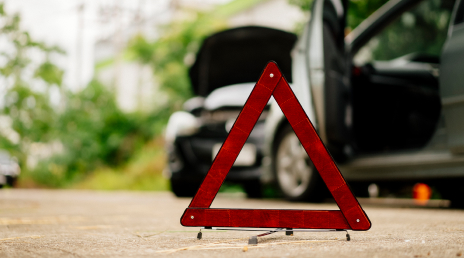Published 17 May 2024
What is buildings insurance?
Published 17 May 2024
We know your home is more than a roof over your head. That’s why protecting it with buildings insurance is a smart move.
Why do I need buildings insurance?
Our home insurance underwriters know the ins and outs of buildings insurance. In essence, they explain that it protects you financially by covering the structure of your property. This includes walls, windows, roofs, and even fixtures and fittings like your bath and toilet. So when there’s a problem, you'll receive financial and practical support to help you repair and restore your home and put it back the way it was.
Our guide includes everything you need to know about buildings insurance before you get a quote. We’ll explain what a typical policy covers, the optional extras available, and why it makes good sense to protect your home.
Buildings insurance cover
Unlike contents insurance, which covers items, buildings insurance protects the structure of your home.
This includes damage from:
Buildings insurance also protects you against accidental damage and can help cover the cost of repairs and alternative accommodation, should you need it.
It won’t insure you against:
X gradual wear and tear
X damage to external fixtures like gates, fences and guttering.
“Buildings insurance covers the structure of your property, including walls, windows, roofs and even fixtures and fittings like your bath and toilet.”
What is covered by buildings insurance?
When you take out buildings insurance, you’re making sure the investment you made in your property is protected, should the worst happen.
Your insurer will reimburse you, up to a certain amount, should your home or certain fittings be damaged.
Your cover also provides you with a living subsidy up to a certain limit, to help you fund alternative accommodation if your home can’t be lived in following a claim.
Some policies also offer a guarantee on any repairs made, should you use a tradesperson from an approved list.
Can I add extra cover to my buildings insurance?
To increase the cover of a standard buildings insurance policy, you often have a choice of optional extras. You can normally add them when you’re getting your quote and even any time during your policy.
These add-ons can include:
-
Additional accidental damage
-
Personal belongings
-
Bicycles
-
Legal expenses
-
Home emergency
Protects you against accidental damage, like spillages and ceiling or wall damage, caused by children, or other occupants.
insures against the cost of replacing personal items up to a certain value if they’re damaged or stolen when you’re away from home.
Covers bikes and accessories, valued up to a certain amount, if they’re stolen or damaged away from home when securely locked.
Pays your legal costs, up to a certain amount, should you pursue a personal injury claim, legal homeowner rights case, or identity fraud claim.
Provides you with a subsidy to help with central heating failure, blocked drains or loss of power.
What’s the difference between buildings insurance and contents insurance?
Contents cover complements buildings insurance, insuring items in your home, such as furniture and appliances.
Like buildings insurance, a policy will pay out for natural and accidental damage, as well as theft and vandalism. To find out more about this type of cover, read our guide to contents insurance.
Landlords’ building insurance
If you’re renting out a property, then landlord insurance might be the best option. It provides cover to protect you and your tenants should something go wrong.
Landlord insurance covers damage or theft to your property and certain items but also gives you legal liability cover, which is crucial.
If you’re currently renting out a property, or you’re thinking about it, you’ll probably want to get a landlord insurance quote to make sure you’re covered.

What are the two types of landlord insurance cover?
Landlords buildings insurance
Insures the structure of your rental property, covering against accidental damage, theft or vandalism by your tenants that could invalidate your landlord insurance.
A policy will also pay out for any lost rent, should your rental property become uninhabitable through damage and your tenants require alternative accommodation.
Landlords contents insurance:
Covers items in a flat or house, insuring items you own that are being used by tenants.
Note: this cover is only available if you’re a leasehold flat owner who isn’t responsible for insuring the whole building.



























